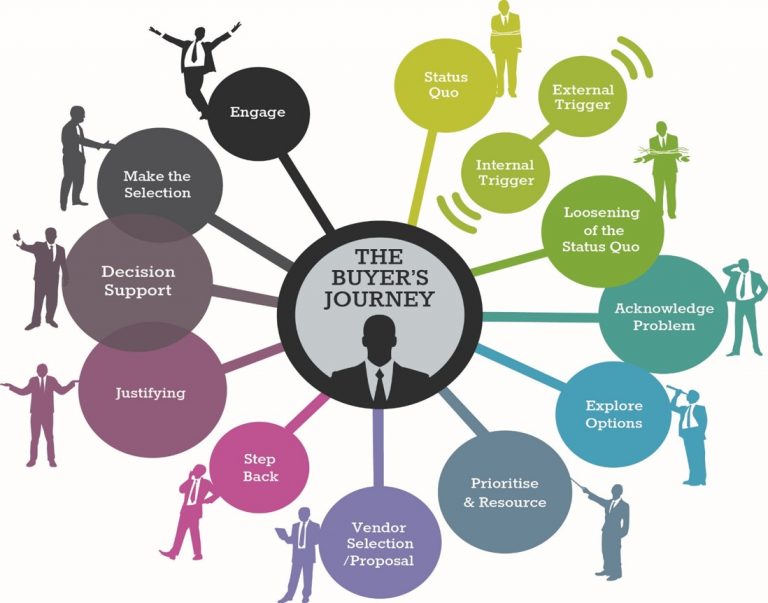When I first meet a client, I deliberately do very little research on them beyond looking at their website. Not because I don’t want to make the effort but to put myself in a prospect’s shoes and to hold onto that all important first impression.
I’ve done this many times and a recurring pattern I see is that what they actually do and who they are is quite different from what I gleaned from their website.
And guess what?
The reality is always better than what I perceived, perhaps this is why most say, “get me in front of a prospective client and I usually convert them”.
Does that therefore mean that if they could create a better and more realistic first impression, they’d end up in front of more of them?
Why the mismatch between perception and reality?
Here are the reasons I have uncovered;
- An overemphasis on branding, wordsmithing and the firm
- Promoting services and capability ahead of outcomes – what is the client actually buying?
- Matching what the market expects you to be and ending up in the box of lookalikes
- Assuming the client knows more than they actually do – often referred to as the curse of knowledge
- Talking only to the client that has already diagnosed their problem and how to fix it
- Not adequately understanding the buyer and their journey
- Trying to appeal to an audience too wide for specifics
So how do you fix it?
1. Understand your buyer
Map their journey from the status quo through to at least vendor selection.

Develop buyer personas that identify their pain points and what they do and don’t know
From here you can work out what their world looks like, what problems they need solving and what and how you can help them solve them.
2. Map what you do to your buyers and their journey
By this I mean list the problems you solve and the outcomes you deliver for each buyer
3. Position or match yourself to your buyer pain points and outcomes
This basically means positioning and demonstrating that you are more than able to solve the problem they need solving without trying to tell them how great you are.
Let’s look at One RabbitTM as an example;
At the most fundamental it is a marketing agency which puts it into a great big box, one that we don’t want to be in.
We took ourselves out of that box by stating that we work with professional services firms, firms that want to grow.
By simply stating the word “grow” we are talking about an outcome.
We then go on to ask if your firm is facing the following challenges;
- Differentiating from your competitors in a meaningful way?
- Clearly articulating your value proposition?
- Attracting and converting more of the right clients?
Next, we tell you how we help you overcome these challenges supported by a range of resources and articles that support and demonstrate our understanding and expertise.
In other words, we help firms grow by attracting more and better clients, this is how we do it and as you can read for yourself, we know and understand your industry.
That’s a whole lot different to saying that we have 20 plus years’ experience, are passionate about our work, have a unique process, are strategic, client focussed or fluffy statements like bringing brands to life.
Lift the hood and yes, we can do things like; design and build websites, run marketing campaigns, social media, SEO, graphic design etc but they are all just means to an end and things that everyone in the marketing agency box says they do.
As you work through this for your own firm you will quickly discover that positioning gets exponentially harder the more buyers you are trying to appeal to.
The upshot of that is the cornerstone of the One RabbitTM philosophy “man who chases many rabbits catches none.” The wider you go the bigger and more crowded the box you sit in.
For many firms, this may mean breaking up your online presence up into a number of components matched to your buyer segments.
I don’t know about you but for me, that’s far more appealing than being put in a box of lookalikes.


